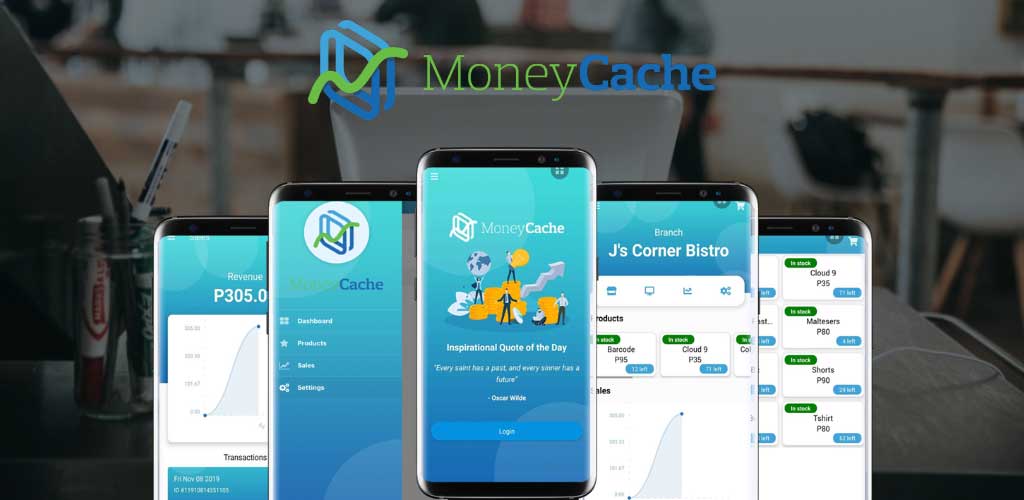
Bite-Sized Digital Advertising Series: Understanding the Basics of Email Marketing
Email marketing – if you work in digital marketing, you’ve likely heard about it at least once. Companies and businesses big and small use this marketing strategy for many reasons, be it product exposure, brand recognition, or customer relationship building.
In fact, there are entire B2C (business to client) platforms like Mailchimp that exist to help make email marketing more streamlined. But what is email marketing, exactly, and how does it help businesses reach their client base?
Email marketing is, as it says on the tin, a type of marketing that utilizes emails. Have you subscribed to a mailing list for a coffee shop chain? What about signing up for a mailing list for a makeup brand? Do you subscribe to a video streaming website, and regularly receive emails about new shows and movies?
Congratulations, you’re already familiar with email marketing.
So let’s tackle the basics.
THE TWO TYPES OF EMAIL MARKETING
There are a ton of lists out there talking about the many types of email marketing, and they are ultimately confusing, but at the core of the matter, there are only two types that you should keep in mind when email marketing. These two types are emails your client chooses to receive, and emails your client needs to receive.
This distinction is important, because it can completely change the framing of your email advertising plan.
For example, your client buys a product from your website. Your client needs (legally, and for good business practice) to receive a confirmation email about the sale, containing the details of the sale. However, the contents of your confirmation email doesn’t have to be just the transaction details. You can add links to products that are similar to the purchased item.
Say that for every 10 unique sales, 3 people click the links. Of the 3 people who clicked the links, 1 of them converts into a sale for that product. You’re required to email them of this new sale, and the cycle begins anew.
If you have 100 sales that you send out 100 emails for, you get 10 new sales from that round of emails, and another converted sale from the 10 purchases that resulted from the initial round.
That’s how effective email marketing works.
Of course, this brings us to the second type of email – the ones your client subscribes to. These emails almost universally need to be hyper-specific and tailored to the client’s interests, because they already know what you’re selling. They’re here to see more of it, and are willing to buy more of it. But you have to convince them first that it’s worth their time to even click on your email, first.
Here’s the thing about most marketing emails: a large percent of people don’t even open them. They either mark those as read, delete them entirely, or go nuclear and unsubscribe to your mailing list.
This happens when the marketing copy doesn’t engage the client, which is why, for this type of email advertising, marketers need to have a deep understanding of what their product is about, and what type of clientele they want to nurture. Email advertisers need to know their product inside and out, and also know who their clients are, so that every email gets opened and potentially converted into a sale, purchase, or a desired client action.
All of this brings us to email advertising content – which we’ll tackle in the next article, so keep an eye out for that.
Do you have any thoughts about this article? Sound off in the comments!




